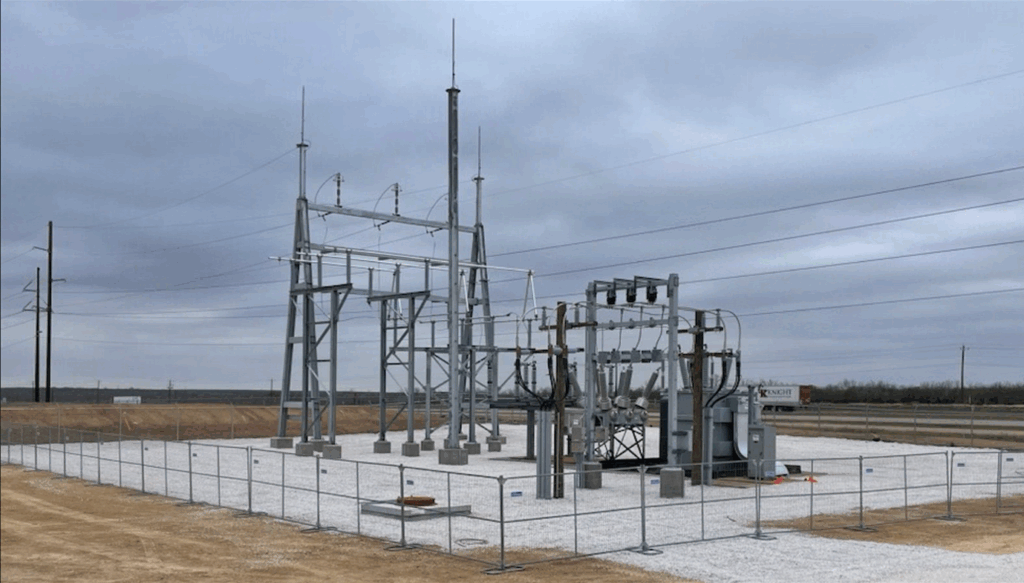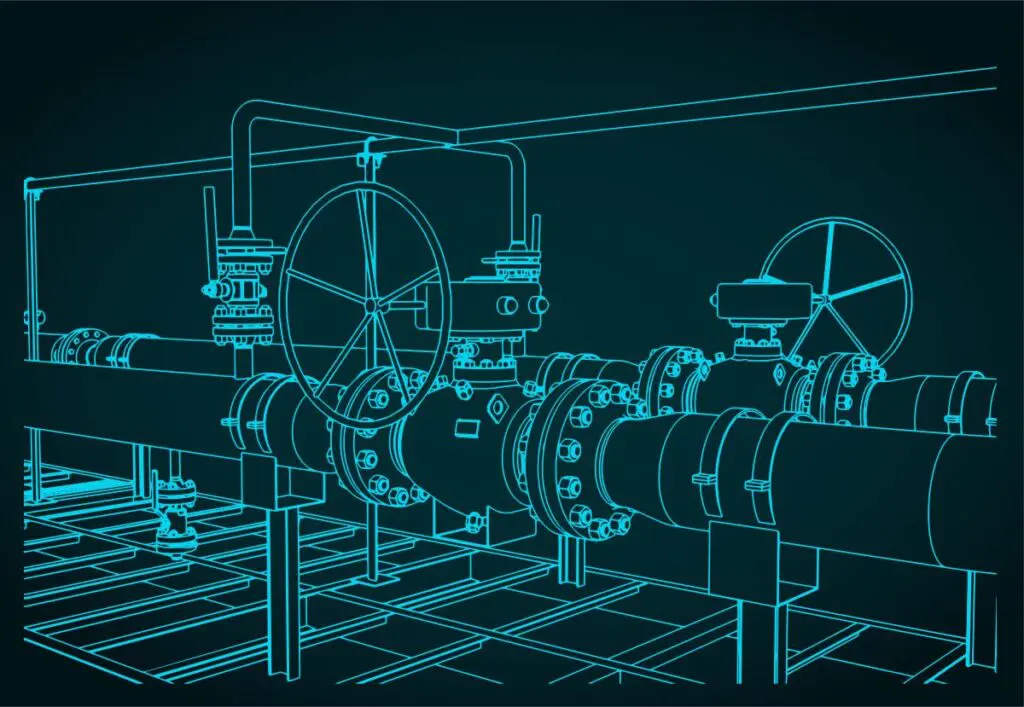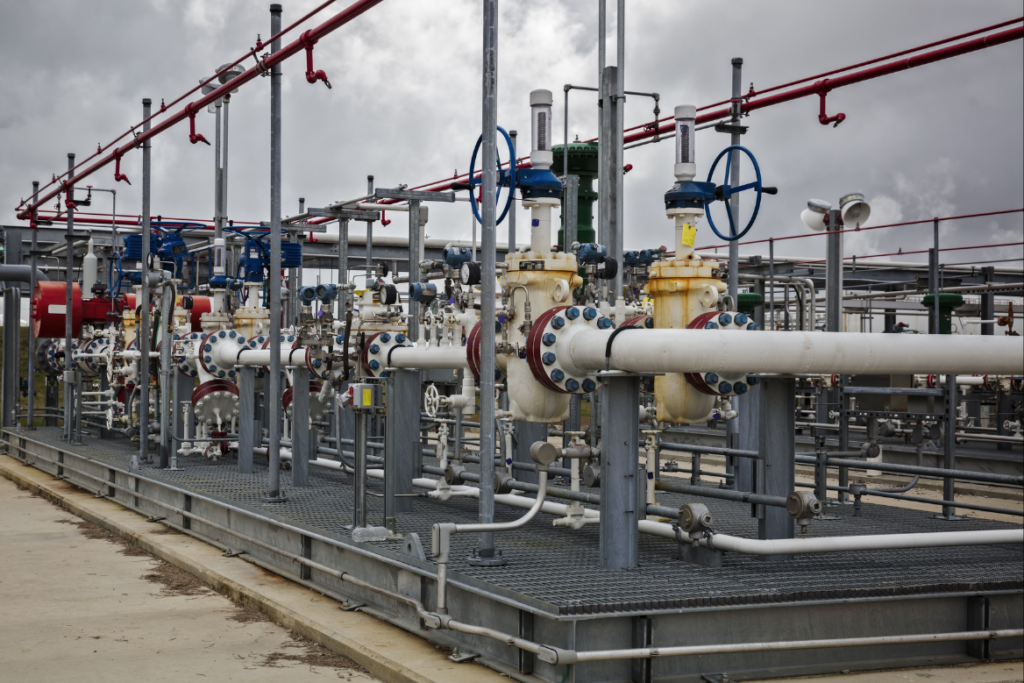

Want to share this article?
Pipeline Risk Analysis and Modeling: Part 1
The pipeline remains one of the safest transportation methods for oil and gas in the U.S., but like any technology, it has its risks.
One way to mitigate those risks is through regulation. Today’s pipeline integrity management regulations, manifesting in the U.S. as 49 CFR Parts 192 and 195, dictate an active approach to assessing the risks for and consequences of an accidental release of liquids or gases from a pipeline. The development and modeling of a risk analysis plan — another way to mitigate risk — represents an important process towards that end, requiring practical approaches to and new innovations in risk assessment.
Risk analysis and modeling essentially involves the use of qualitative and/or quantitative techniques to probabilistically determine the chance of a risk event and its impact. In a June 2015 article for World Pipelines, Wright et al. broke down what must get answered with such a model (PDF): “what can go wrong,” “how likely is it to happen,” and “what are the consequences if it does happen?” What could go wrong? In the world of pipelines, corrosion can lead to ruptured pipelines and oil spills; this is commonly known in the industry. The difficult part, of course, is assessing how likely corrosion could occur. This is where risk modeling comes into play.
Risk modeling is an important pipeline integrity management service, one that when delivered well extends a pipeline’s service life, improves efficiency, and contributes positively to environmental and personal safety. Today, risk managers have several options for risk modeling techniques. At the simple end of the spectrum is the matrix model, which ranks a pipeline’s potential risks on a simple scale, based on the likelihood of the events occurring and the likely consequences. The risks are plotted on a grid, and those that have a high perceived likelihood of occurring as well as significant perceived consequences get prioritized higher. At the other end of the difficulty scale is probabilistic risk assessment (PRA), which involves a complicated event and fault tree where probabilities get assigned to all the branches. This type of modeling usually involves databases, computer applications, and trained staff. While costly, PRA can be quite effective.
In the second part of this article, we’ll take a look at what the popular middle-ground solution is of risk modeling techniques. We’ll also look at how pipeline risk models are evolving today.











